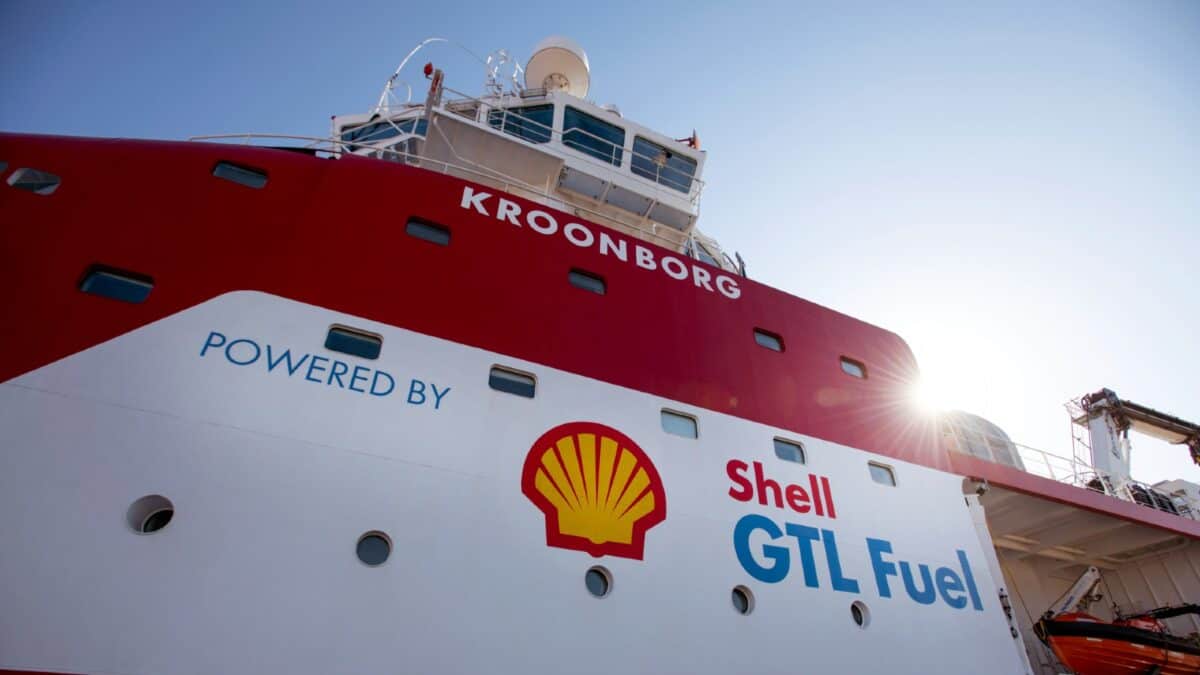Rising tensions in the Middle East have pushed Shell’s (LSE: SHEL) share price up, along with the oil price.
This may prompt some investors to avoid the shares, thinking there can be little room left for further gains. Others may believe they should jump on the bandwagon to avoid missing out on further price rises.
As a former investment bank trader, I know neither fear nor greed leads to optimal decisions on stocks. And now as a private investor, I believe any such decision is also best taken with a long-term view in mind.
From both perspectives, the only question I ask of a share is whether there is any value in it.
Is there value in this stock now?
My usual starting point in answering this is to look at the price-to-earnings ratio (P/E) of firm. Shell currently trades at a P/E of just 11.5. This is bottom of its competitor group, which averages 14.4. So, it is cheap on this basis, despite its recent price rise.
The same applies to the two other key pricing ratios I use most – price-to-book ratio (P/B) and price-to-sales (P/S).
Shell presently trades at a P/B of 1.1 against a peer average of 2.7. And it is at a P/S of 0.7 against a 2.2 average for its competitors. It is bottom of the group on both measures too.
As such, its share price looks packed with value to me.
So how will it realise this value?
Its recent switch to a more pragmatic approach to transitioning to net zero by 2050 is key to doing this, I think. This overall target remains in place but before then Shell will develop major oil and gas projects to help close the valuation gap with its peers.
A core focus will be the liquefied natural gas (LNG) sector. Unlike oil and gas moved through pipelines, LNG can be sourced, bought and moved quickly. So it has become the world’s favoured emergency energy supply since Russia invaded Ukraine in 2022.
Global LNG demand is forecast to increase over 50% by 2040, and Shell is at the forefront of this market. It has major projects in 10 countries. And it has access to around 38m tonnes of its own LNG capacity from 11 liquefaction plants.
The main risk to the firm is pressure to revert to a quicker energy transition plan, I feel.
My investment view
That said, Shell is one of the very few growth shares I have retained in my portfolio since I turned 50. The remainder is geared to paying high dividends that should allow me to continue to reduce my working commitments.
One reason for my keeping Shell is its ongoing undervaluation in recent years. I believe, the firm’s exploitation of its huge energy assets will enable it to close this valuation gap over time.
Another reason is that it does pay a decent dividend as well. In 2023, this was 102.32p a share, yielding 4% currently. Analyst forecasts are that this will rise to 110.7p in 2025 and to 116.4p in 2026. This would give respective yields on the present share price of 4.3% and 4.5%.
Given these factors, I will be buying more of the stock very soon.
This post was originally published on Motley Fool





